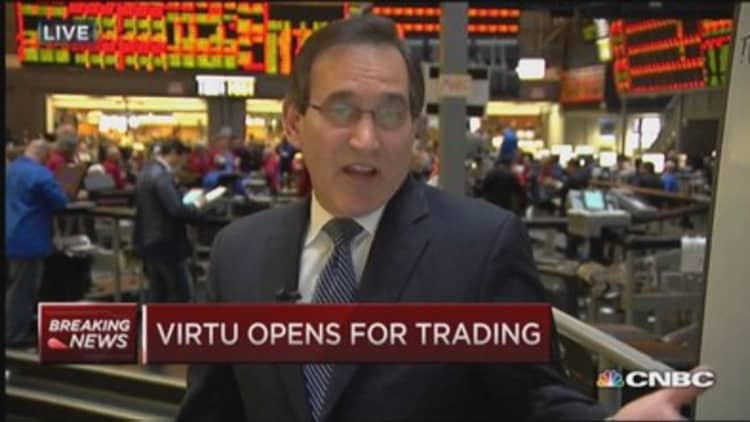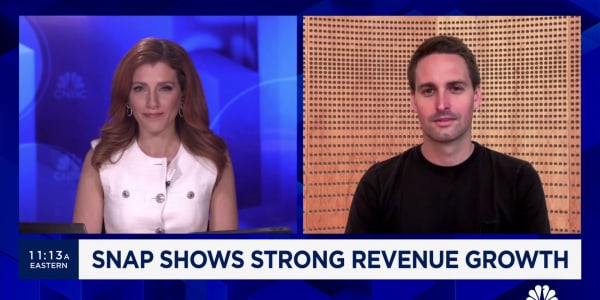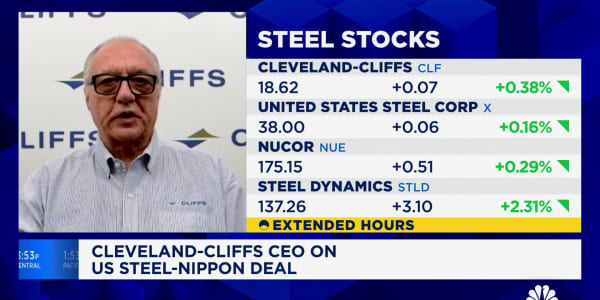
Amid a slowing economy and wobbly financial markets, investors have tamped down their expectations for when the Federal Reserve will start hiking interest rates.
They may have further to go.
Despite some recent saber rattling from Fed officials, the potential for 2015 to pass by without monetary policy tightening becomes greater when looking inside some of the metrics the central bank policymakers use when formulating their decisions.
Take the unemployment rate.
Much debate has occurred over the years regarding what is the "real" rate of unemployment—whether it's the headline rate the Bureau of Labor Statistics trumpets each month when it releases the nonfarm payrolls report, or if it is a number buried far deeper in the report that provides a broader picture.
In fact, there actually are six unemployment rates, ranging from U-1 to U-6.
The most-reported one is the U-3, which is a measure of the total unemployed as a percentage of the labor force. The latter part of that is the key—the "labor force," which according to the BLS only includes those working or looking for work. If you've quit trying to find a job ("marginally attached to the labor force"), or if you're working part time for economic reasons i.e. underemployed, you don't count.
A labor force participation rate at 36-year lows, then, has contributed greatly to the headline unemployment rate falling from its 10 percent recession peak in October 2009 down to 5.5 percent, where it stood in March.
Read MoreLockhart: Economy may not be ready for rate hike
A number that includes those who have dropped out of the labor force plus the underemployed has declined as well, but is still elevated. The U-6 rate is nearly double the U-3, most recently registering 10.9 percent, also down from its recession peak of 17.1 but still very high.
A Goldman Sachs analysis of current trends asserts that the high U-6 could give the Fed some cover in keeping its target funds rate near zero for at least a little longer than current expectations.
There's a lot of inside-baseball economics in the paper from economist David Mericle. But the gist is that using the U-6 instead of the U-3 in conjunction with the Taylor rule that calculates how far the Fed should move rates in response to changes in inflation and unemployment yields a different result.
The sharply lower U-3 level, used in conjunction with a 1993 version of the Taylor rule, suggests a rate hike "should have already happened"; the U-3 with a revised 1999 rule puts the hike in June, Mericle wrote.
However, the more encompassing U-6, which Fed watchers believe has the attention of Chair Janet Yellen, indicates no liftoff until at least the first quarter of 2016 under the 1993 Taylor rule, and a third-quarter hike under the 1999 rule. Mericle said there are two reasons for later liftoff.
Read MoreMaybe the Fed needs a dose of its own medicine?
"The first reason is that the headline unemployment rate likely understates total labor market slack," he said. "The second reason is that both the current neutral funds rate and its future speed of normalization are highly uncertain, a key theme of Yellen's recent speech. We showed recently that uncertainty about the neutral funds rate makes the optimal monetary policy reaction function more cautious, or 'inertial.'"
Both roads, he said, lead to a "later-but-steeper" path for rates, meaning a longer delay before the first rate hike but then a quicker pace than the market anticipates afterward.
Fed funds futures currently indicate no chance of a rate hike in April, as Yellen clearly stated after the March Fed Open Market Committee meeting. There is a 13 percent chance of a July hike, 30 percent in September, 46 percent in October and 58 percent in December.
As for Mericle and the other Goldman economists, they believe September is the most likely date, "though this is now a close call vs. December."






